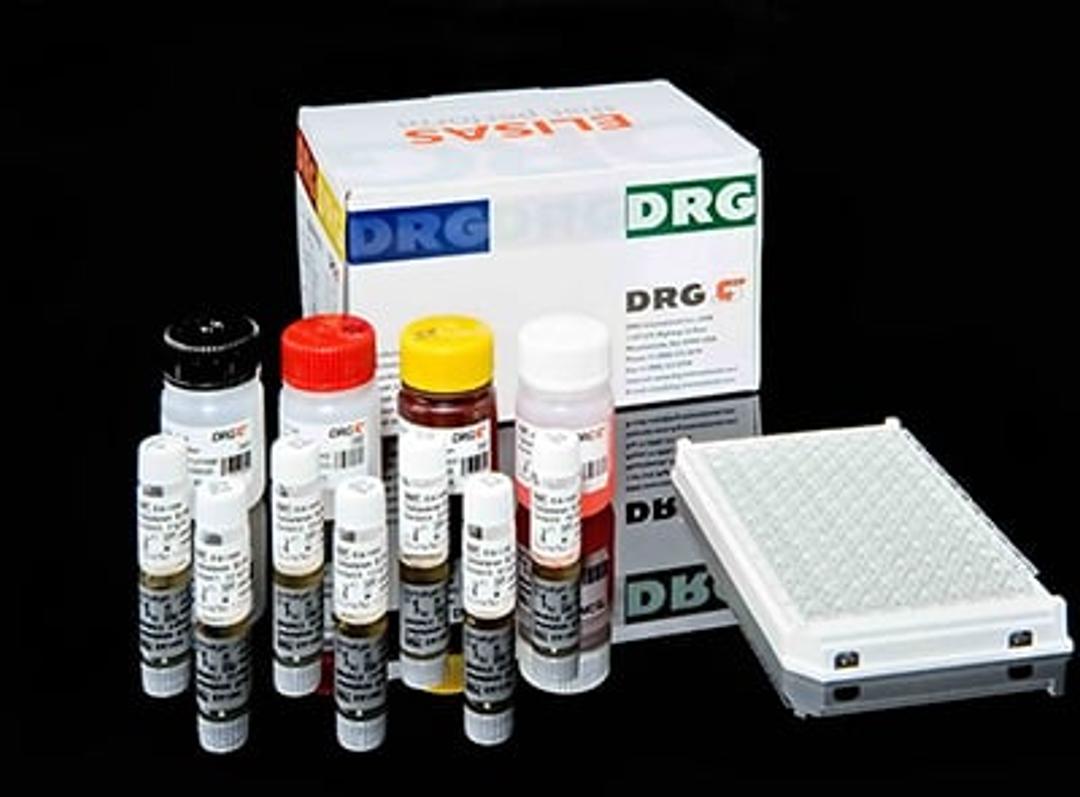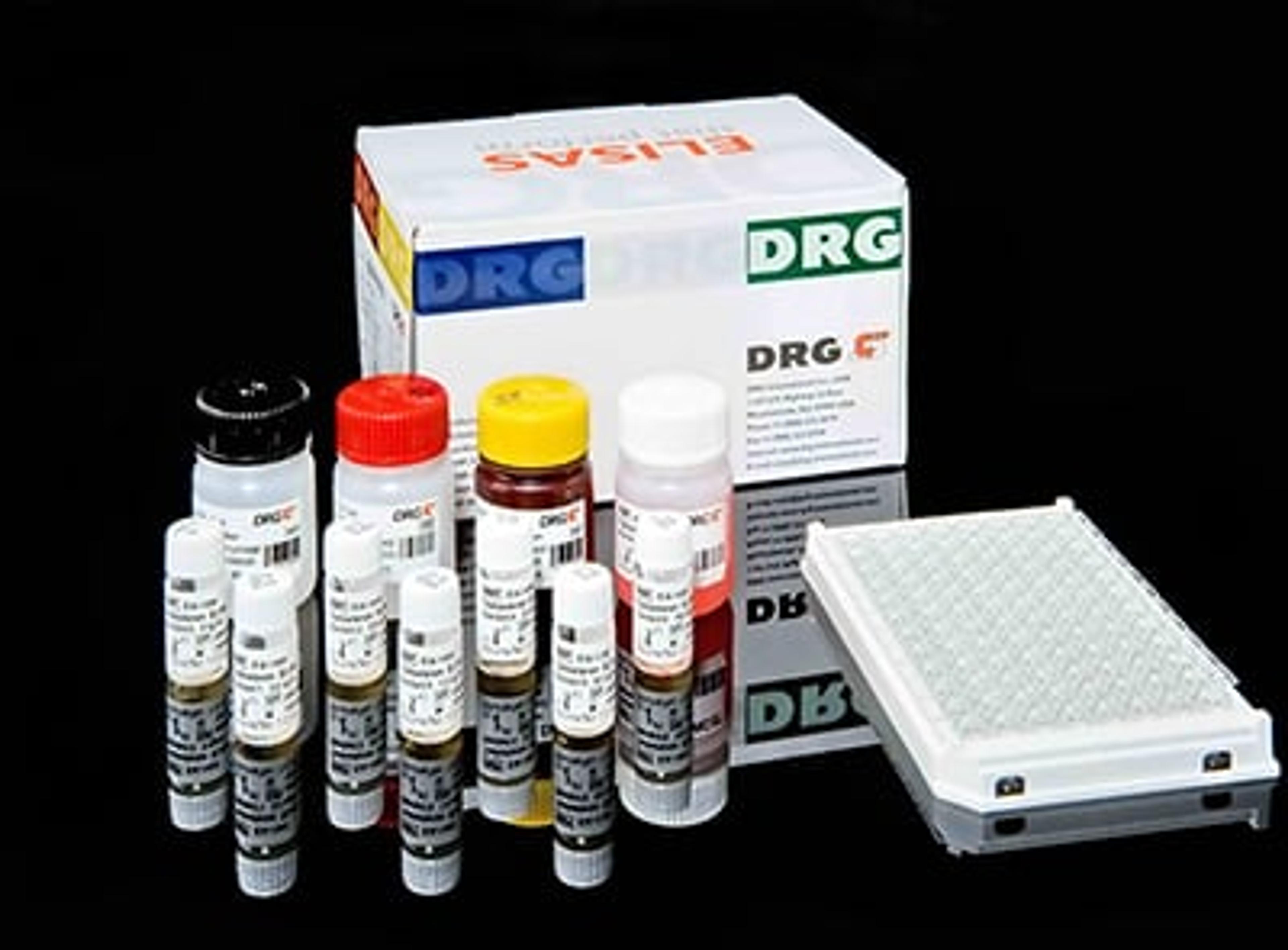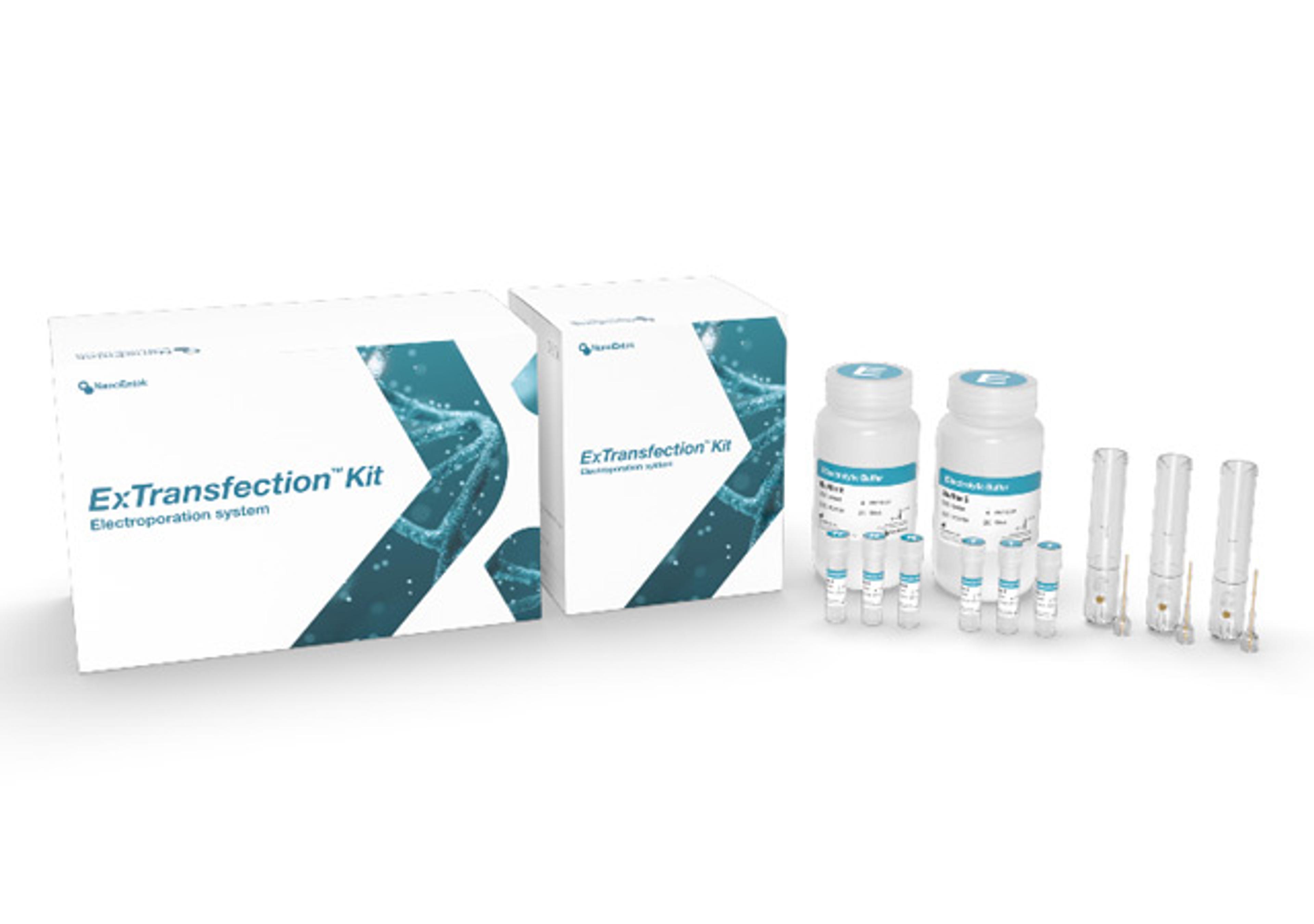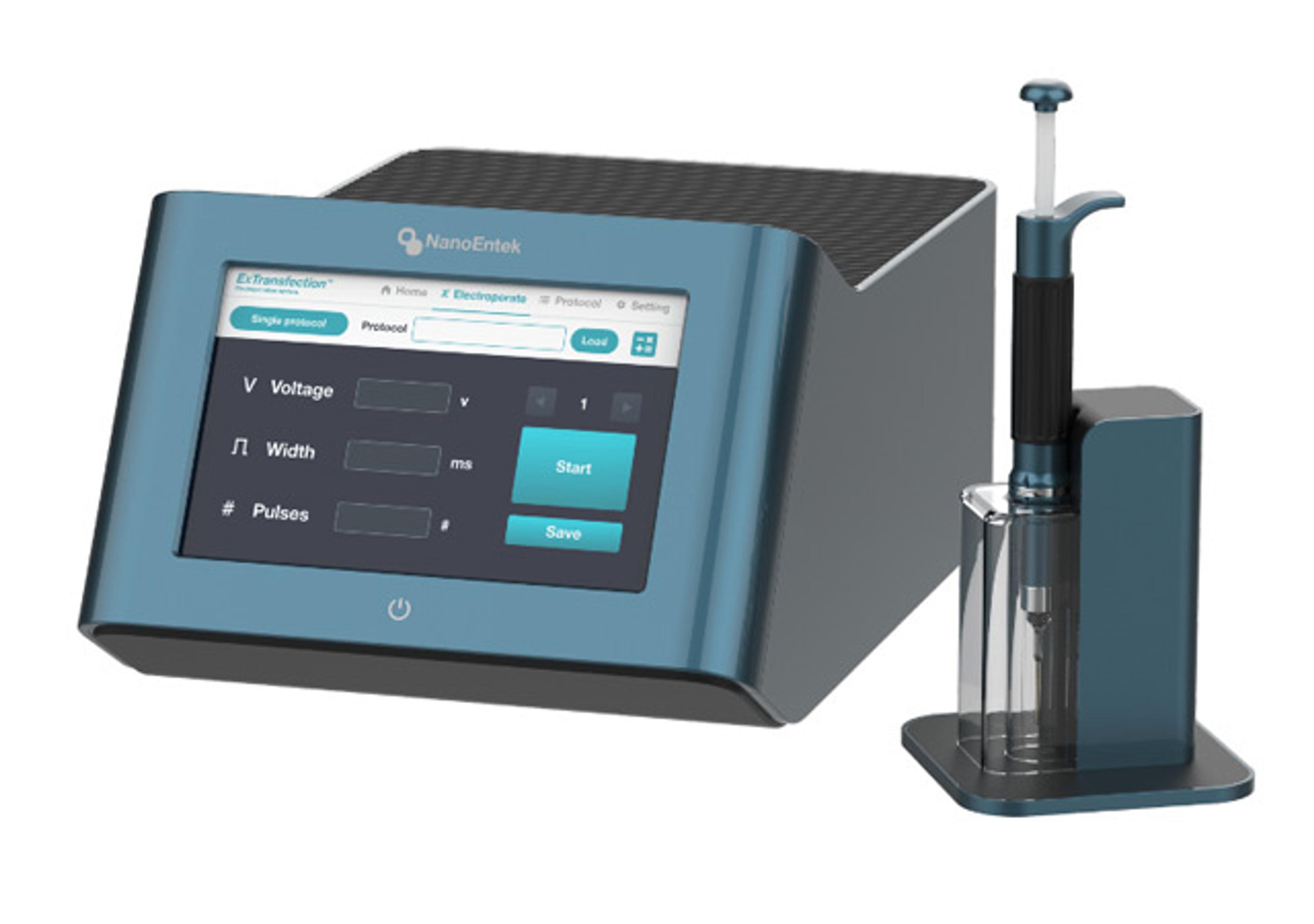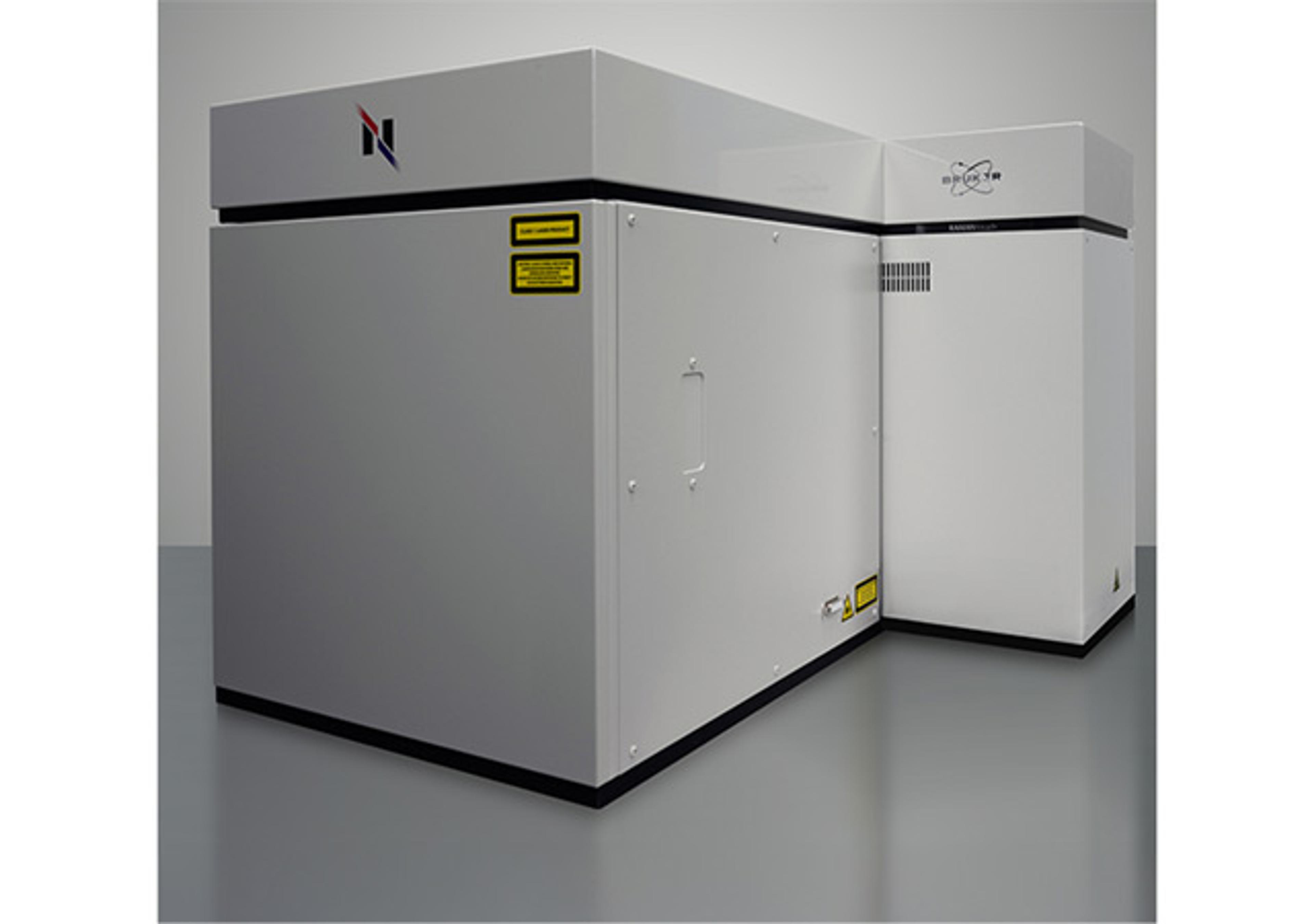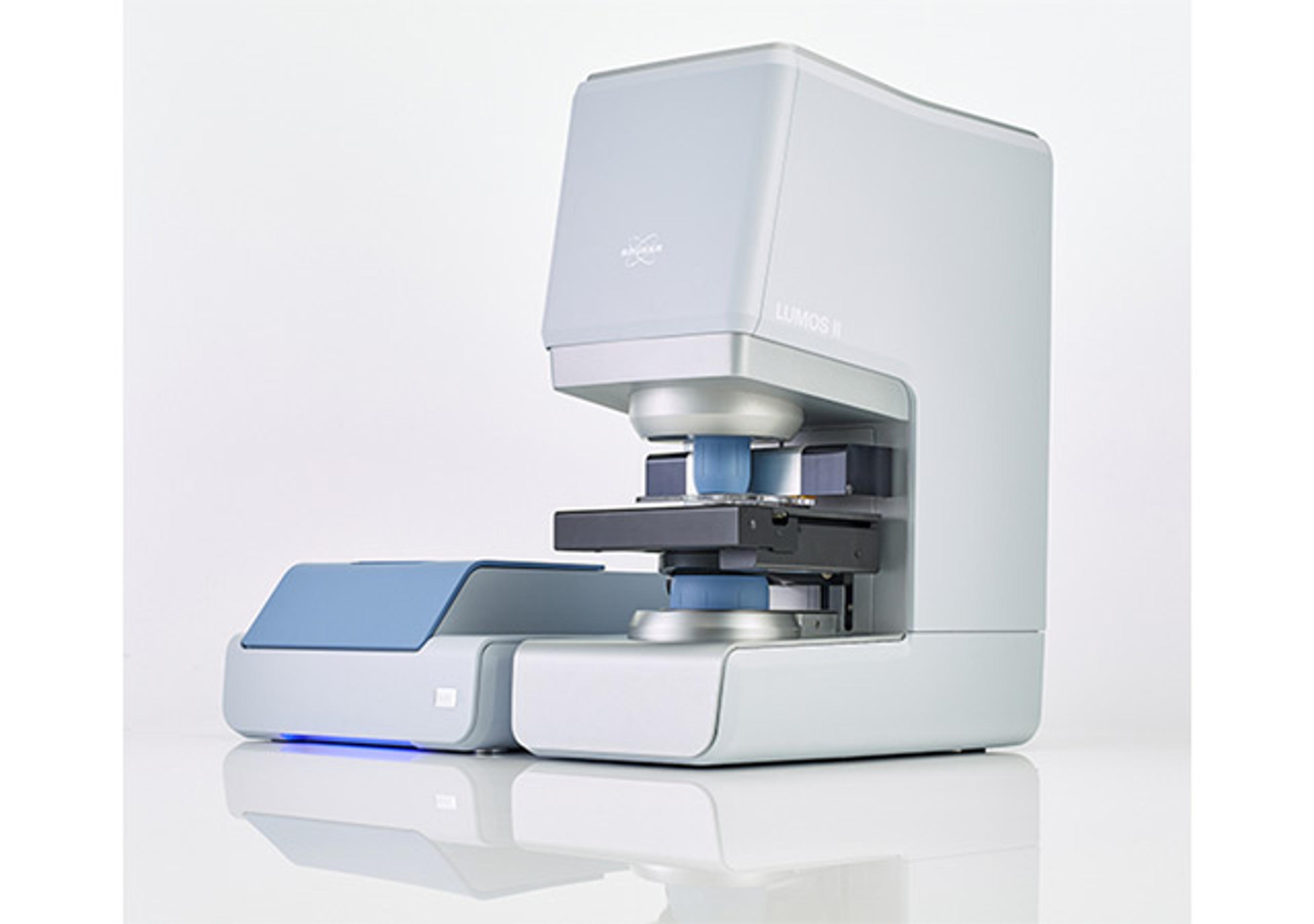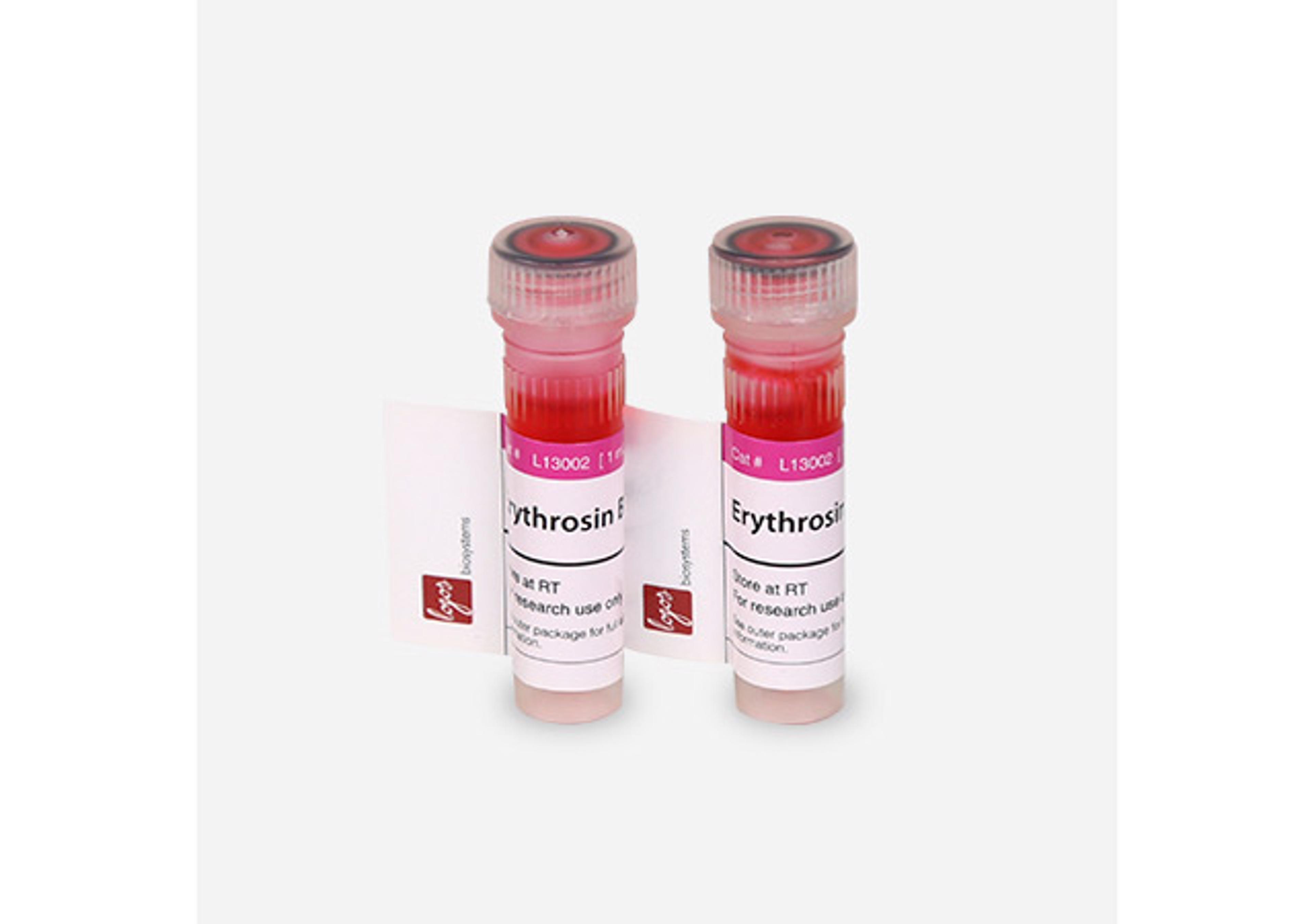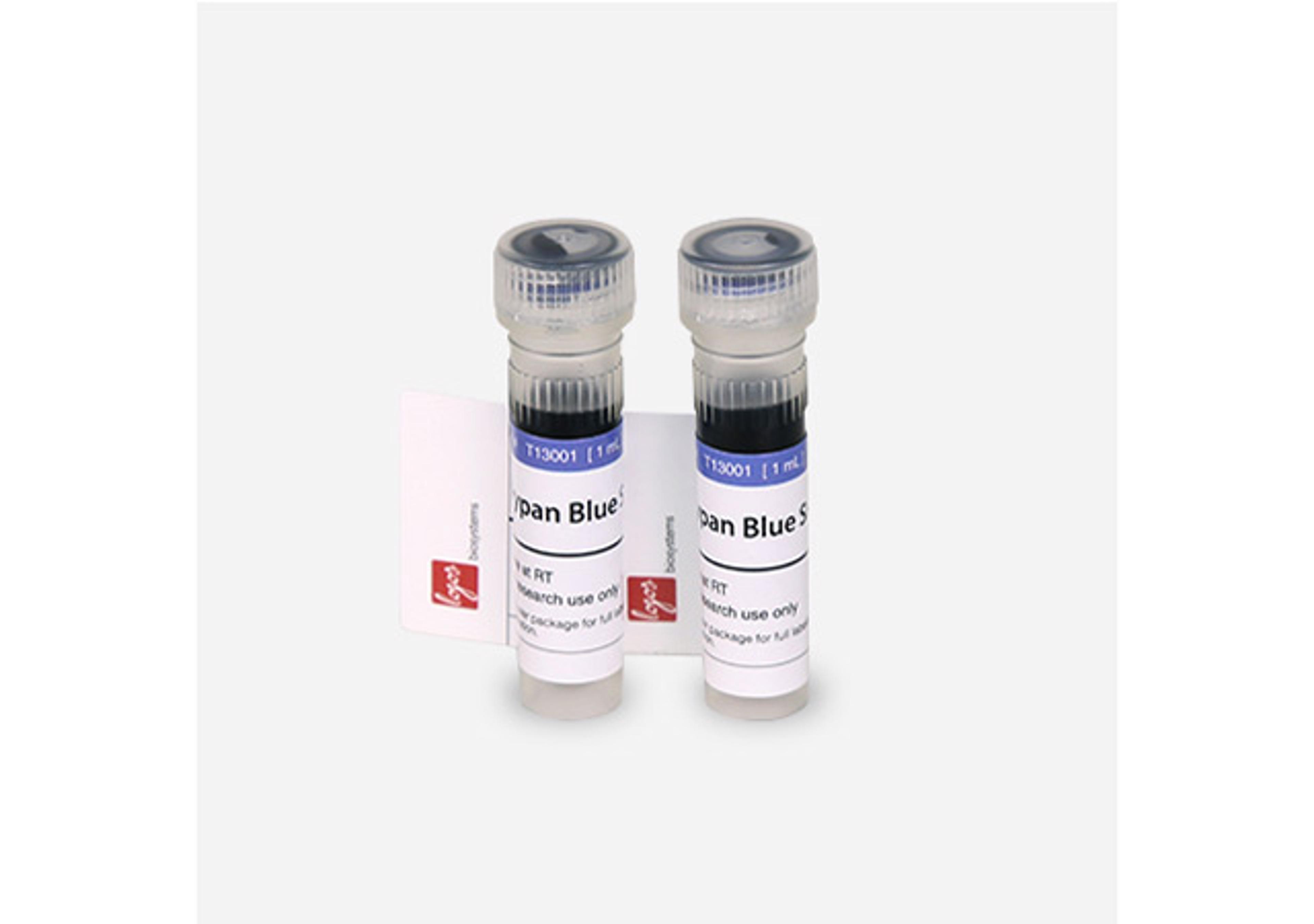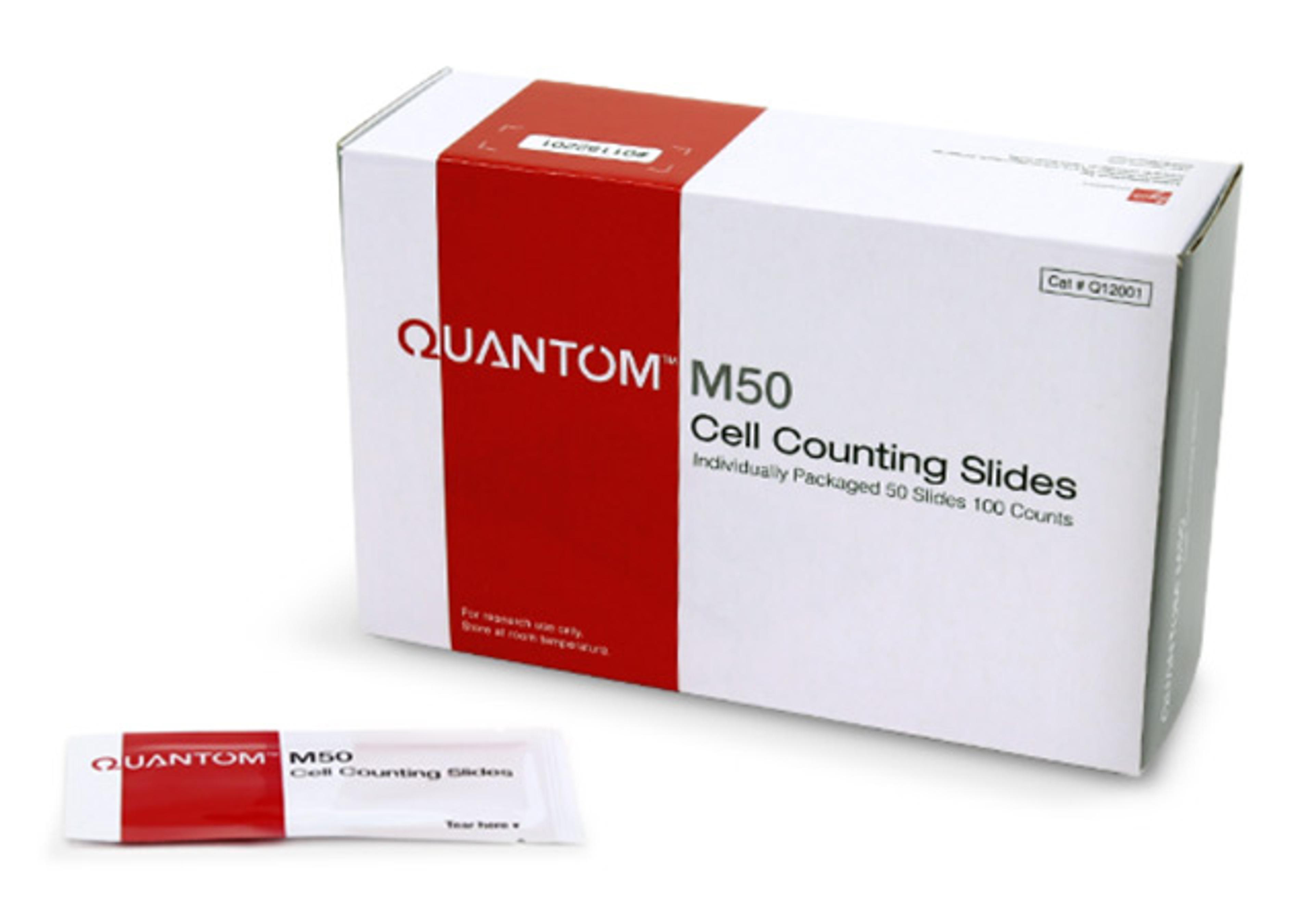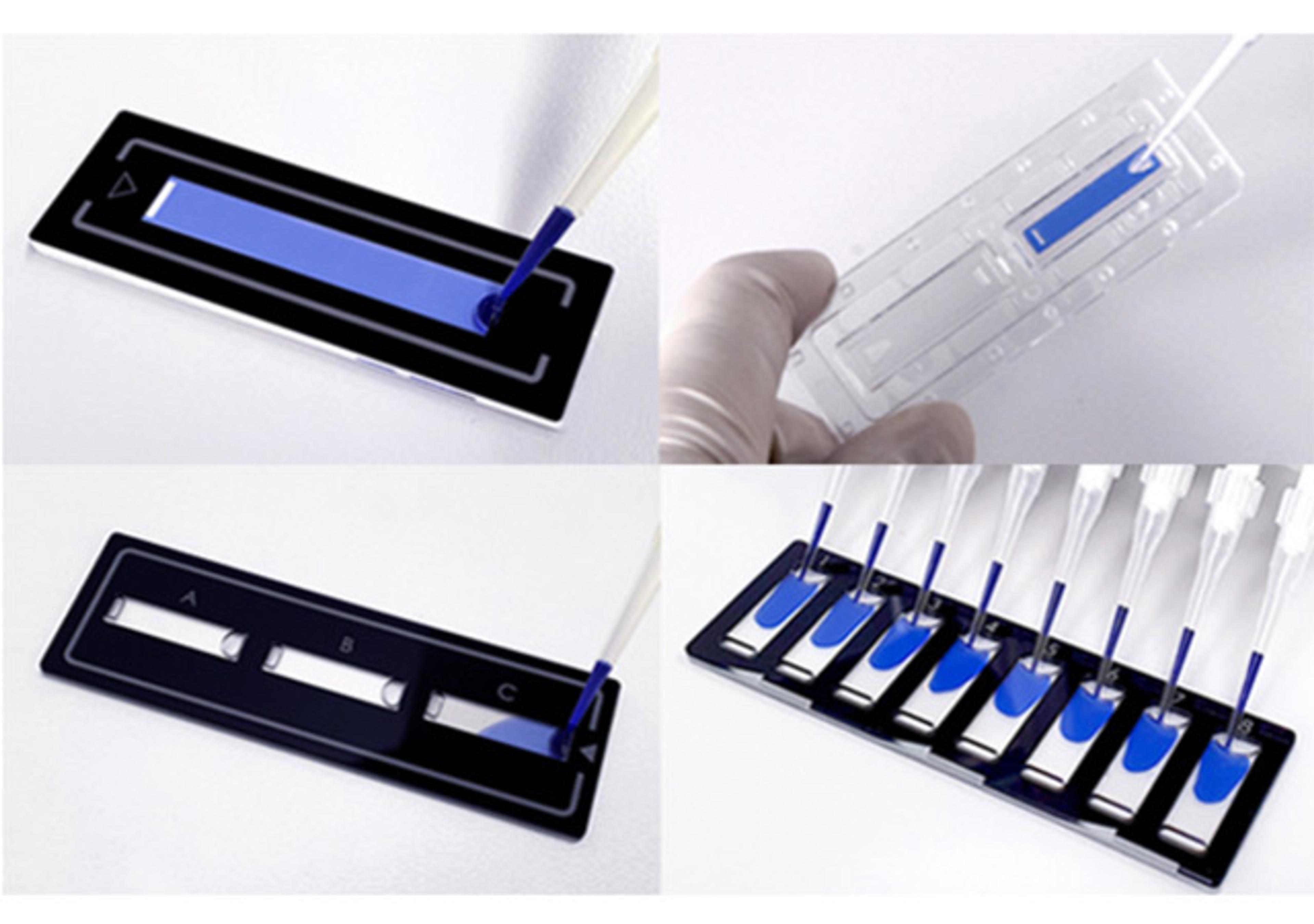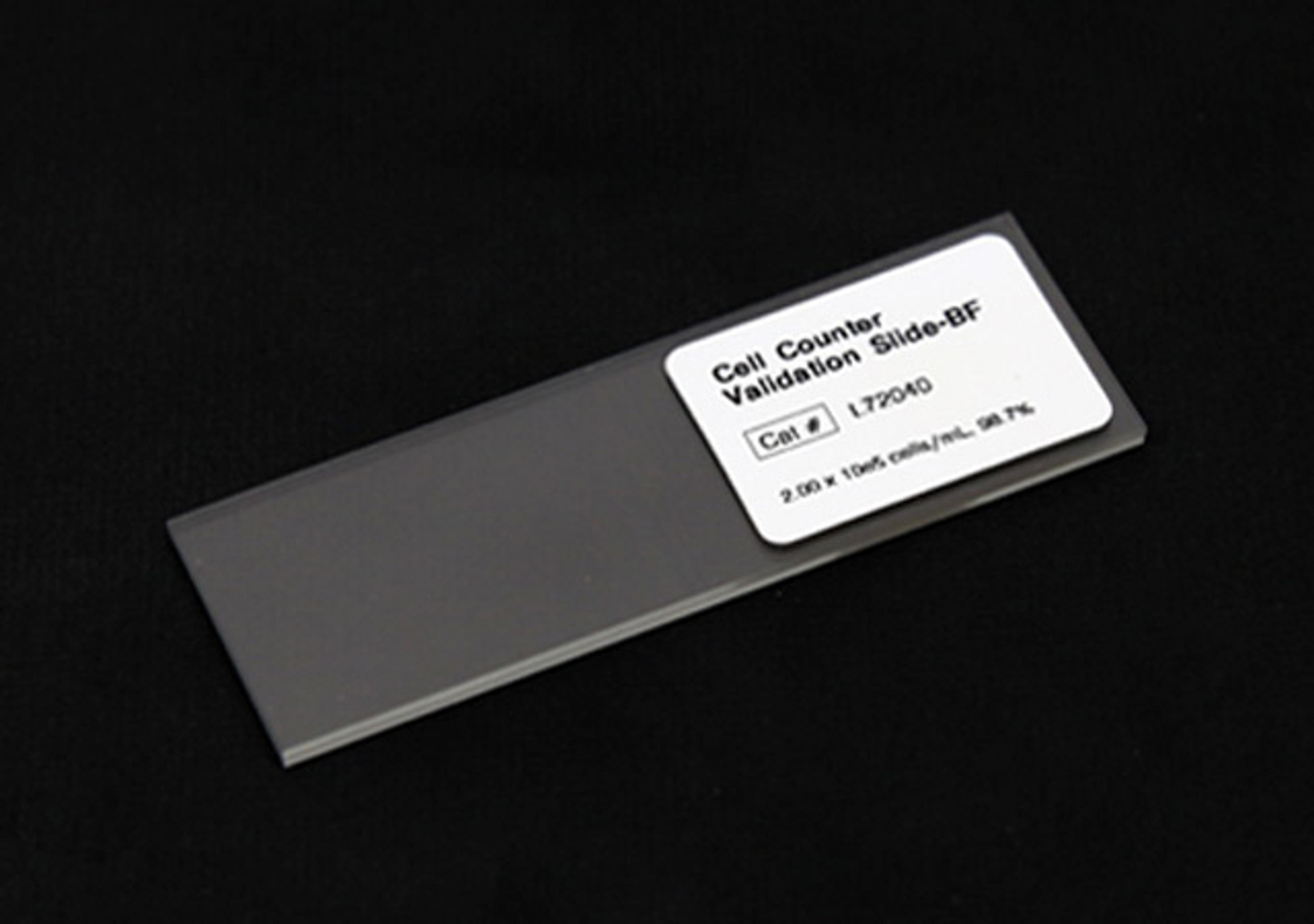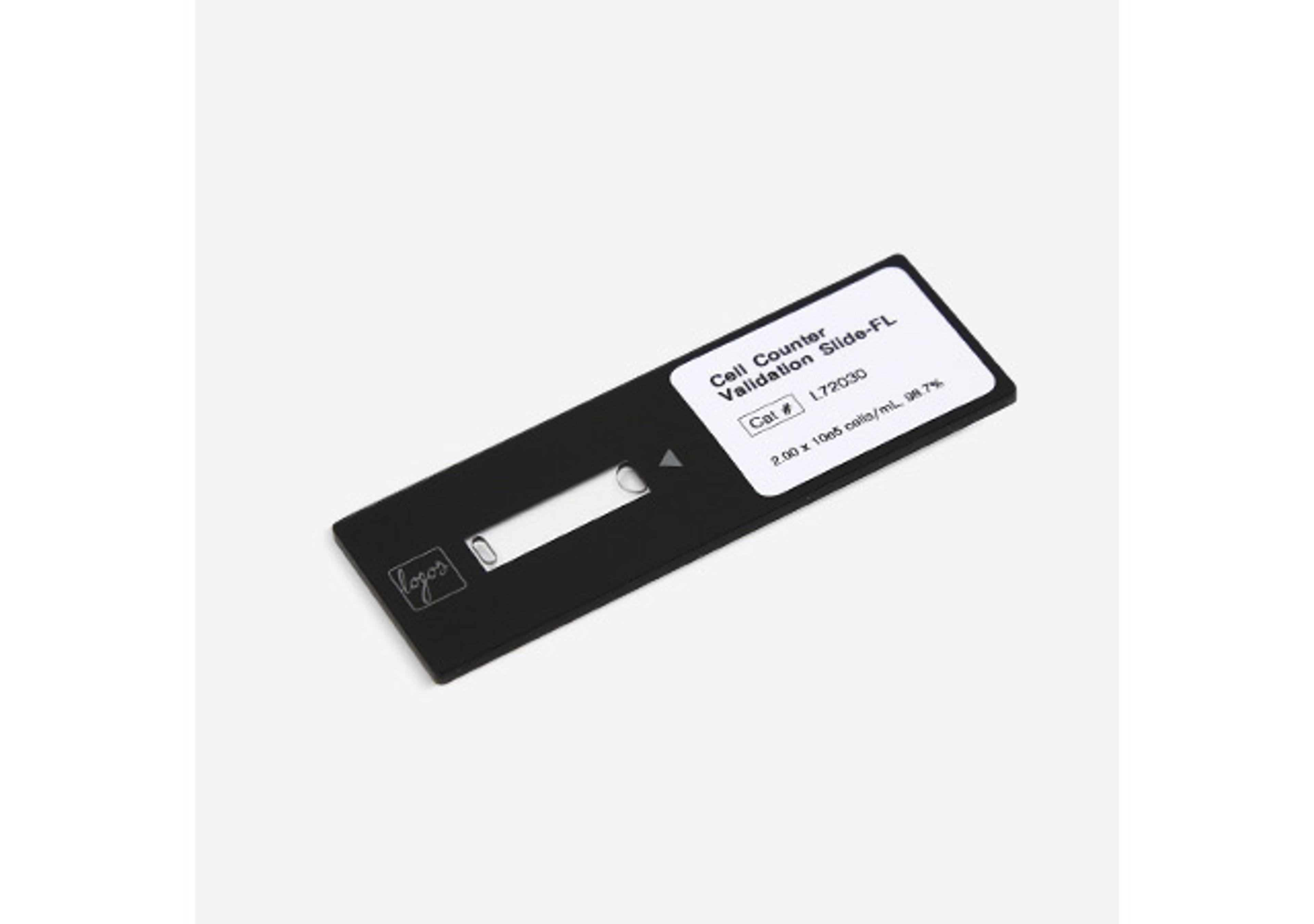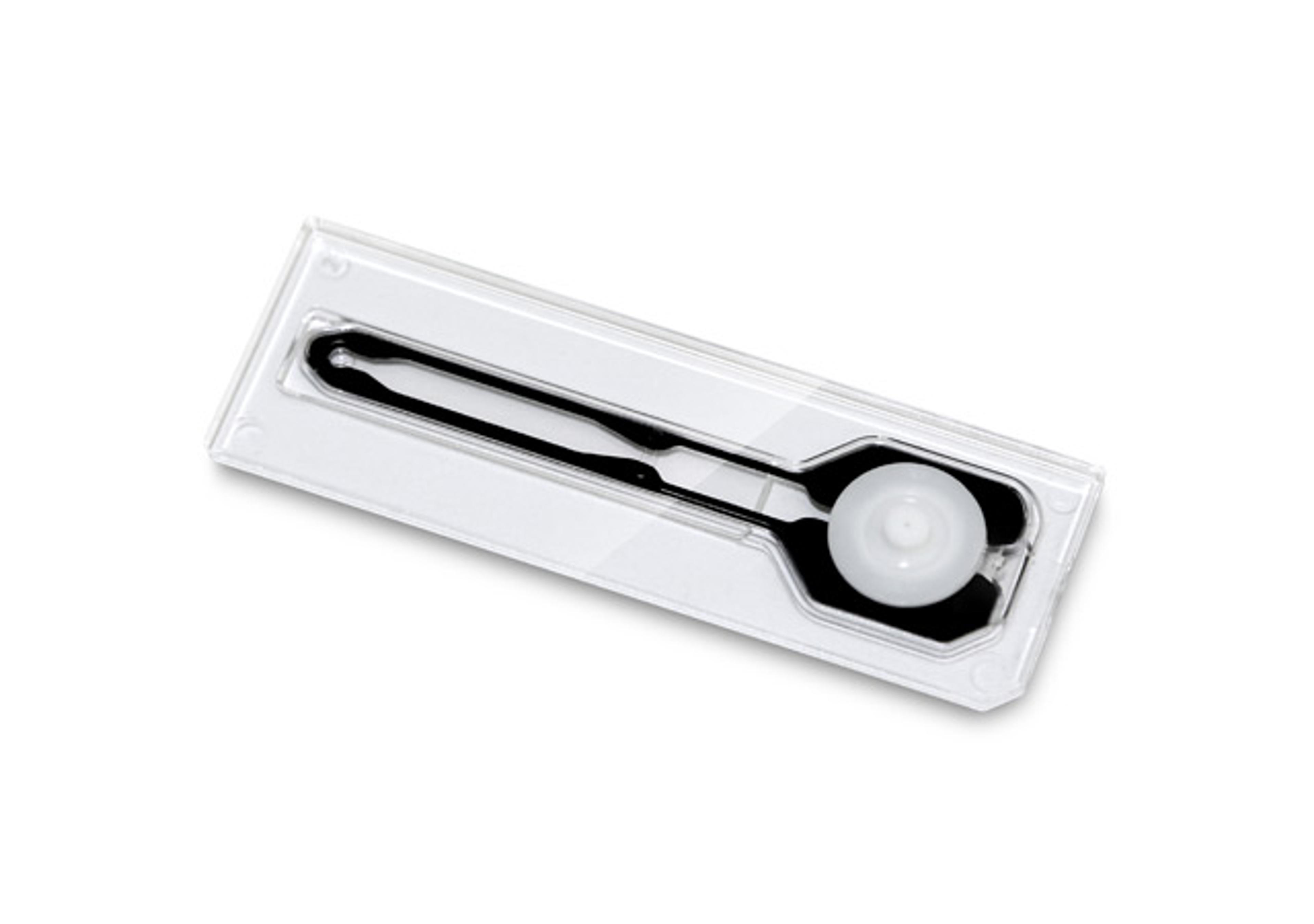Vitamin Pantothenic Acid Bio-Assay
High Quality Assays with Reproducible and Reliable Results

The supplier does not provide quotations for this product through SelectScience. You can search for similar products in our Product Directory.
The Vitamin Pantothenic acid Test is a microtiter plate test kit based on a microbiological assay which measures the total pantothenic acid content in serum.The test kit contains all required reagents, e.g. standard, medium and microtiter plate coated with a specific microorganism, sufficient for 96 determinations including standard curves. An ELISA reader is required for evaluation of the pantothenic acid content. Pantothenic acid (vitamin B5) is synthesized by most microorganisms and plants from pantoic acid. The vitamin is an itegral part of 4‘-phosphopantheine, which is a component of coenzyme A (CoA). CoA plays a key role in the metabolism of numerous compounds, especially lipids and the ultimate catabolic disposition of carbohydrates and ketogenic amino acids. About 80% of the vitamin in animal tissues is in CoA form, and the rest exists mainly as phosphopanthetheine and phosphopantethenate. Another essential role of pantothenic acid is its participation in the 4‘-phosphopantheine moiety of acyl carrier protein (ACP), where the phosphodiester-linked prosthetic group uses the sulfhydryl terminus to exchange with malonyl-CoA to form an ACP-S malonyl thioester, which can chain elongate during fatty acid biosynthesis. Serum samples are diluted and added into the microtiter plate wells coated with Lactobacillus plantarum which metabolizes pantothenic acid. The presence of pantothenic acid both in standards and samples gives a pantothenic acid-dependent growth response. After incubation at 37 °C for 24 hr, the growth of Lactobacillus plantarum is measured turbidimetrically at 610 - 630 nm (alternative at 540 - 550 nm) in an ELISA-reader. A dose response curve of absorbance unit (optical density, OD at 610 nm) vs. concentration is generated using the values obtained from standard. Pantothenic acid present in the samples is determined directly from this curve.

